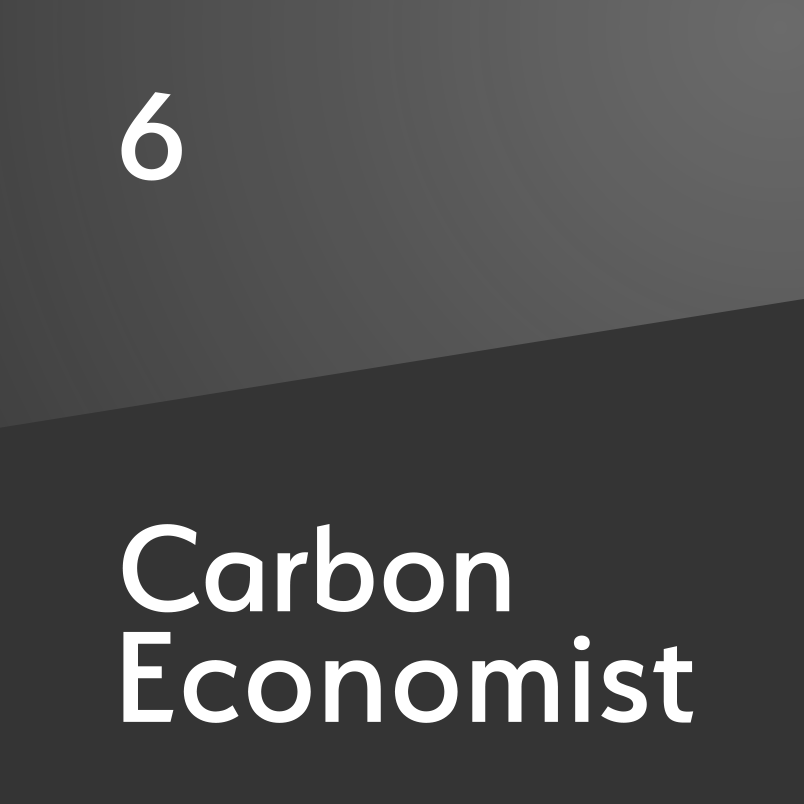OPEC and IEA divergence highlights assumption blackspots
Supply glut or supply deficit are both plausible outlooks, with tariffs and sanctions among the key risks that could swing the pendulum
OPEC and the IEA continue to offer divergent perspectives on oil supply and demand. For 2024, the demand differences rose to as much as 1.24m b/d in June and July, but the gap narrowed to 0.6m b/d at the start of the year. For 2025, the IEA sees a year-on-year demand increase of 1.05m b/d, but OPEC remains optimistic despite the possibility of US tariffs against several countries and similar reciprocal steps by other nations. The oil alliance estimate for a consumption increase in 2025 is 1.45m b/d. OPEC projects Chinese demand growth at 310,000b/d in 2025, but the IEA expects year-on-year demand growth in Asia’s largest consumer at 220,000b/d. Indian consumption will rise by 240,000b/d this

Also in this section
8 December 2025
The Caribbean country’s role in the global oil market is significantly diminished, but disruptions caused by outright conflict would still have implications for US Gulf Coast refineries
5 December 2025
Mistaken assumptions around an oil bull run that never happened are a warning over the talk of a supply glut
4 December 2025
Time is running out for Lukoil and Rosneft to divest international assets that will be mostly rendered useless to them when the US sanctions deadline arrives in mid-December
3 December 2025
Aramco’s pursuit of $30b in US gas partnerships marks a strategic pivot. The US gains capital and certainty; Saudi Arabia gains access, flexibility and a new export future







